Star Trek: The Wrath of Khan Wreaks Bloody 4K Vengeance
Star Trek II: The Wrath of Khan: The Director’s Cut debuted in 4K at Star Trek: Mission New York, and the film is as good as it ever was.
NEW YORK — “Ah, Kirk, my old friend. Do you know the Klingon proverb that tells us revenge is a dish that is best served cold? It is very cold in space.”
A shiver went through the audience in the Javits Center. Khan Noonien Singh’s chilling line hasn’t lost any of its menace over the last 34 years — if anything, it’s even more frightening, brought back on a big screen with full 4K resolution.
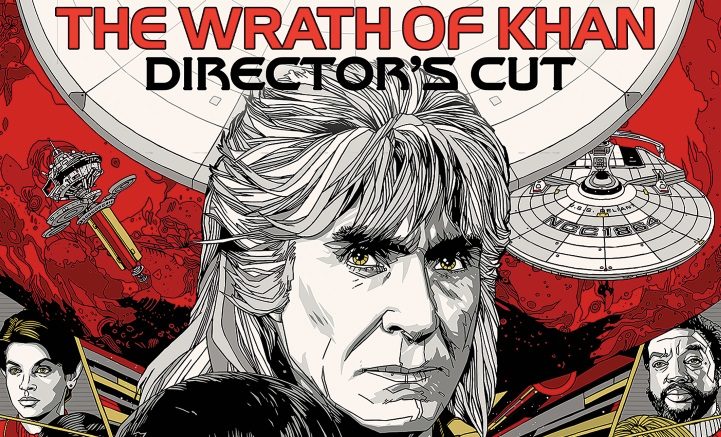
Paramount debuted Star Trek II: The Wrath of Khan Director’s Cut in 4K at the Star Trek: Mission New York expo, and I couldn’t resist checking out the movie for myself.
MORE: Top 10 Star Trek Games
I had every reason to be skeptical of it. While 4K resolution is great for home theater, actual film (rather than high-res digital recordings) looks better on a big screen. A director’s cut often reintroduces critical material, but it can also make the movie feel bloated.
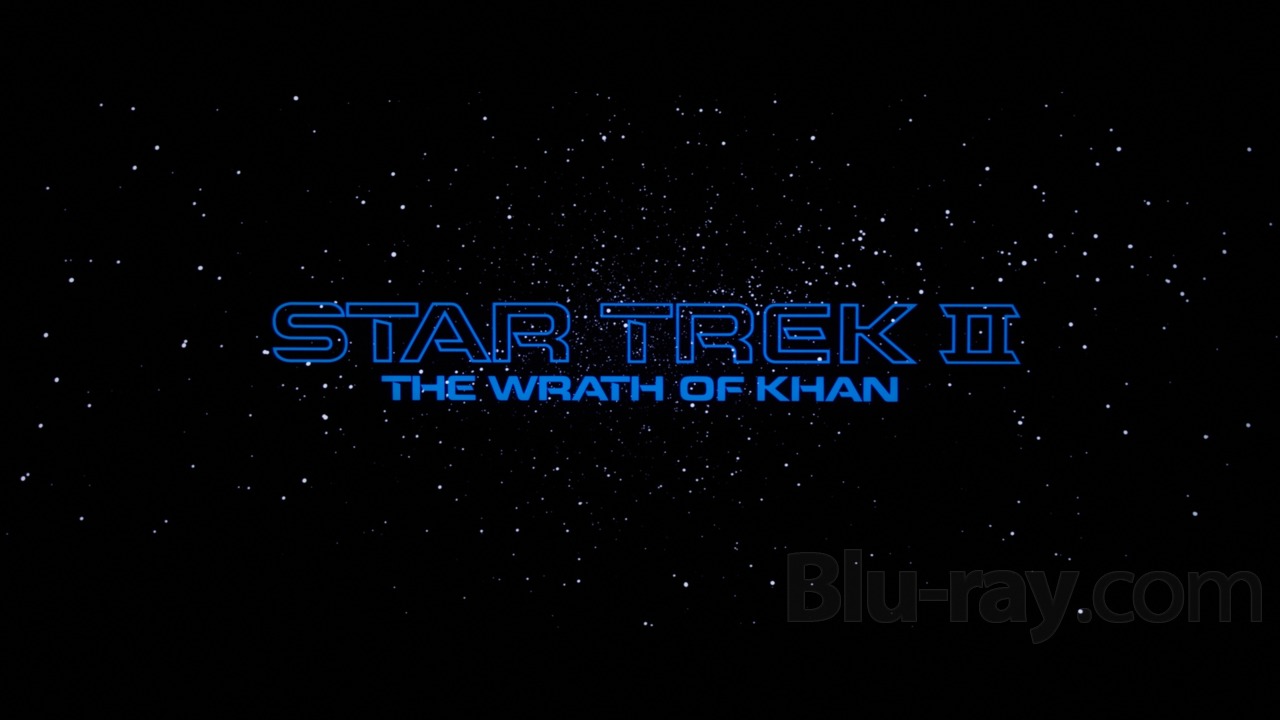
When you’re dealing with a nostalgic movie, there’s always the risk that it just won’t be as good as you remember it. William Shatner (Kirk) and Ricardo Montalban (Khan) don’t just chew the scenery in this film; they devour it.
Most of the film is rather quiet and dependent on two or three characters simply talking to one another. The plot-heavy narrative requires a lot of exposition. Last but not least, the action scenes in the movie are deliberate and suspenseful, a striking contrast to the high-octane extravaganzas in the more recent J.J. Abrams era of Star Trek films.
Get instant access to breaking news, the hottest reviews, great deals and helpful tips.
It took about 15 minutes for The Wrath of Khan to allay my fears completely.
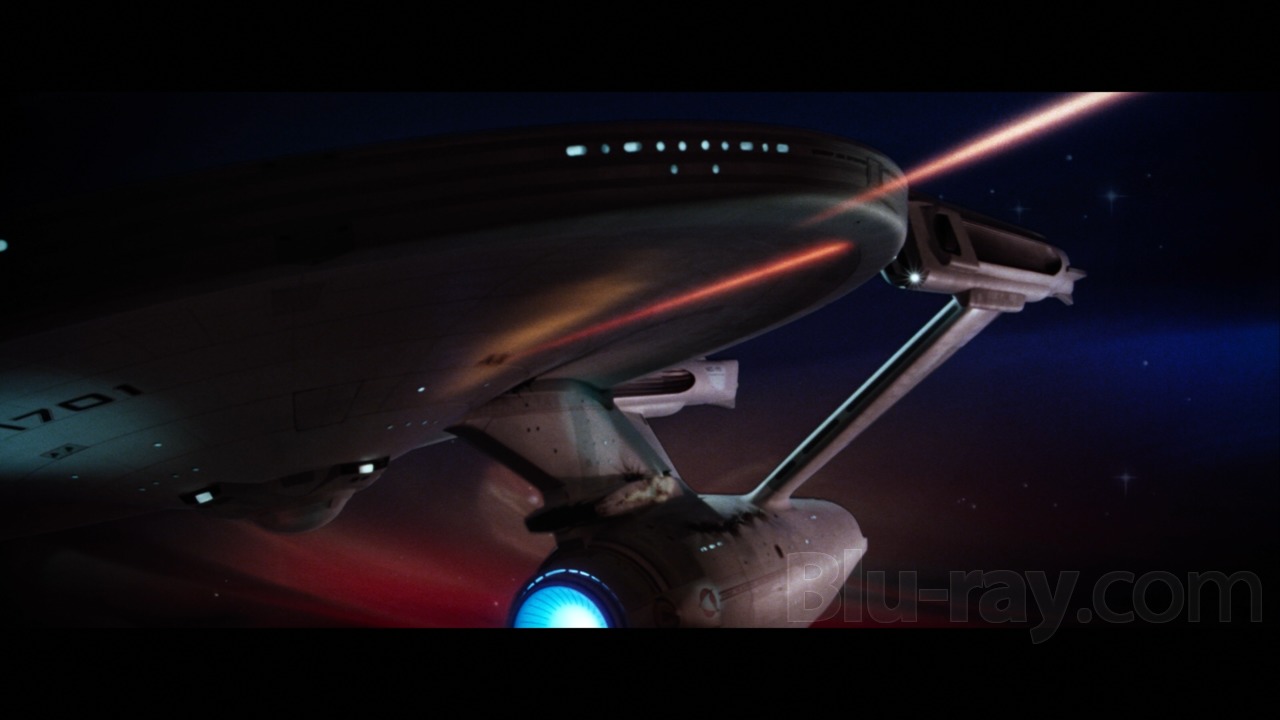
In case you haven’t seen the 1982 film, here’s a brief rundown of the plot: Way back during the original series, Captain Kirk exiled a genetically superior supervillain named Khan to a dangerous-but-habitable planet. Soon after the USS Enterprise left, an ecological disaster ravaged that world, causing Khan to commandeer his own starship, the USS Reliant, and seek revenge on Kirk and the Enterprise’s crew. Now, Kirk must command an Enterprise crewed by Starfleet trainees to prevent Khan from taking control of the Genesis Device, a planetary weapon that can transform a dead world into one that's teeming with life.
MORE: How to Binge Watch All of Star Trek
When Lt. Saavik (played by Kirstie Alley before she joined the cast of Cheers) fails the Kobayashi Maru training test and presses Kirk for a solution, only to be met with a coy smile, I smiled, too. But when Dr. McCoy (DeForest Kelley) gives Admiral Kirk an exquisite pair of reading glasses as a birthday present and exhorts him to get back in the captain’s chair, I was sold. I knew the movie was the real deal.
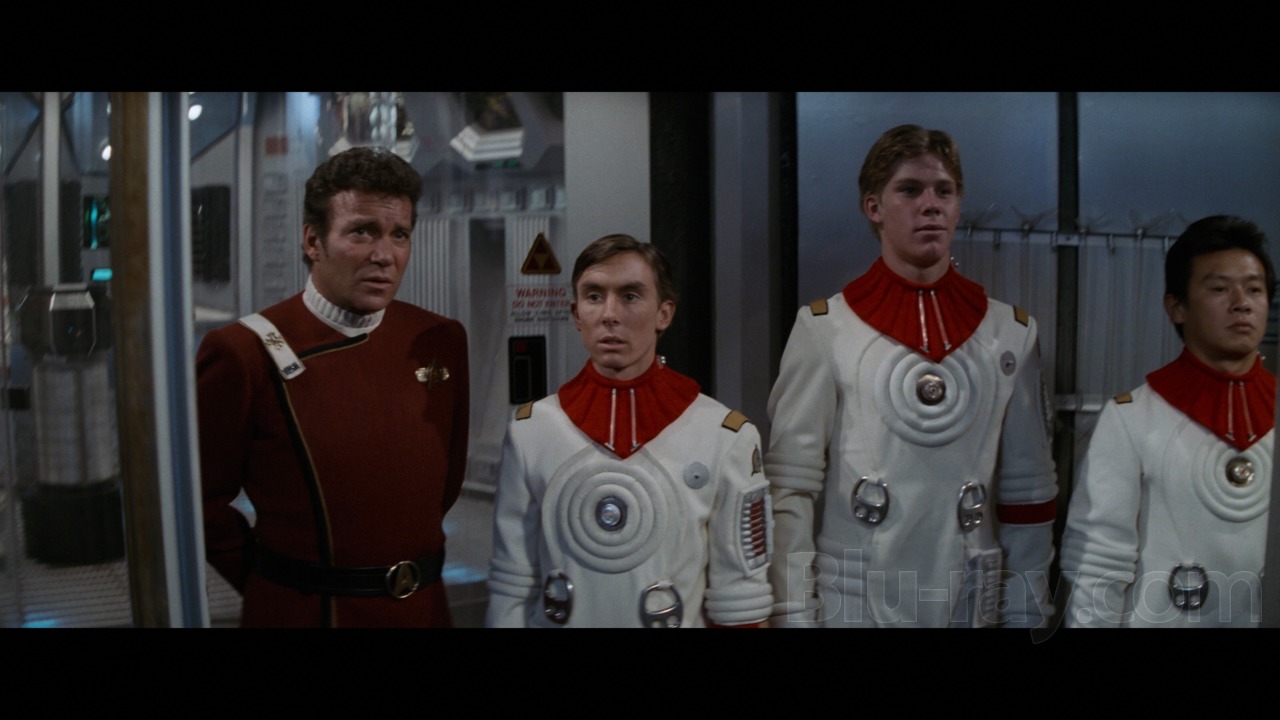
These pensive moments of character development, which juxtapose the camaraderie of good friends with the unease of growing older, are something that the newer Star Trek movies haven’t really gotten the hang of yet. Even so, these moments can be just as riveting as the biggest explosion in the most intense starship battle — and in this case, they are.
William Shatner gets a lot of (sometimes justified) grief for his compulsive overacting, but when the man needs to tone it down, he absolutely can. Seeing Kirk, Spock (Leonard Nimoy) and McCoy take stock of themselves and their situation before the action really begins is one of the reasons why the movie can justify a cavalcade of emotional gut punches later on.
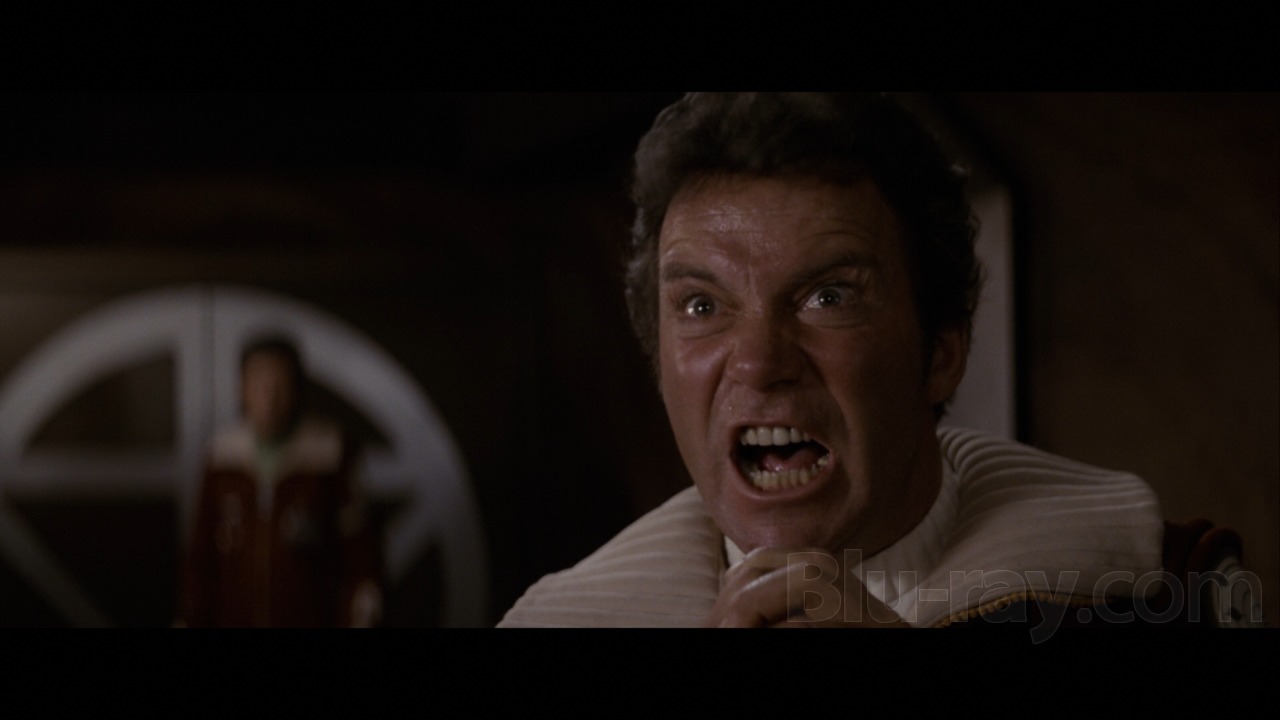
The Director’s Cut is rather sparing with the material it adds, but includes a few scenes that probably should have been in the movie to begin with. When Scotty (James Doohan) introduces Kirk to his nephew, Peter (Ike Eisenmann), it makes Scotty’s distress over the novice engineer’s fate later on much more understandable. Kirk, Spock and McCoy have an extended conversation about the Genesis Device, recalling some of the classic antagonistic dialogue between the three from the original series.
Beyond that, what can you say about The Wrath of Khan that hasn’t already been said? It’s a gorgeous, dramatic, fun movie, and Nicholas Meyer, the film’s director, gave the Javits Center audience a long talk about his thought process just before the screening. Even though Meyer is not a diehard Trekkie, the man is a genius when it comes to balancing character interactions, plotting intense battle scenes and packing expository dialogue with subtle character touches.
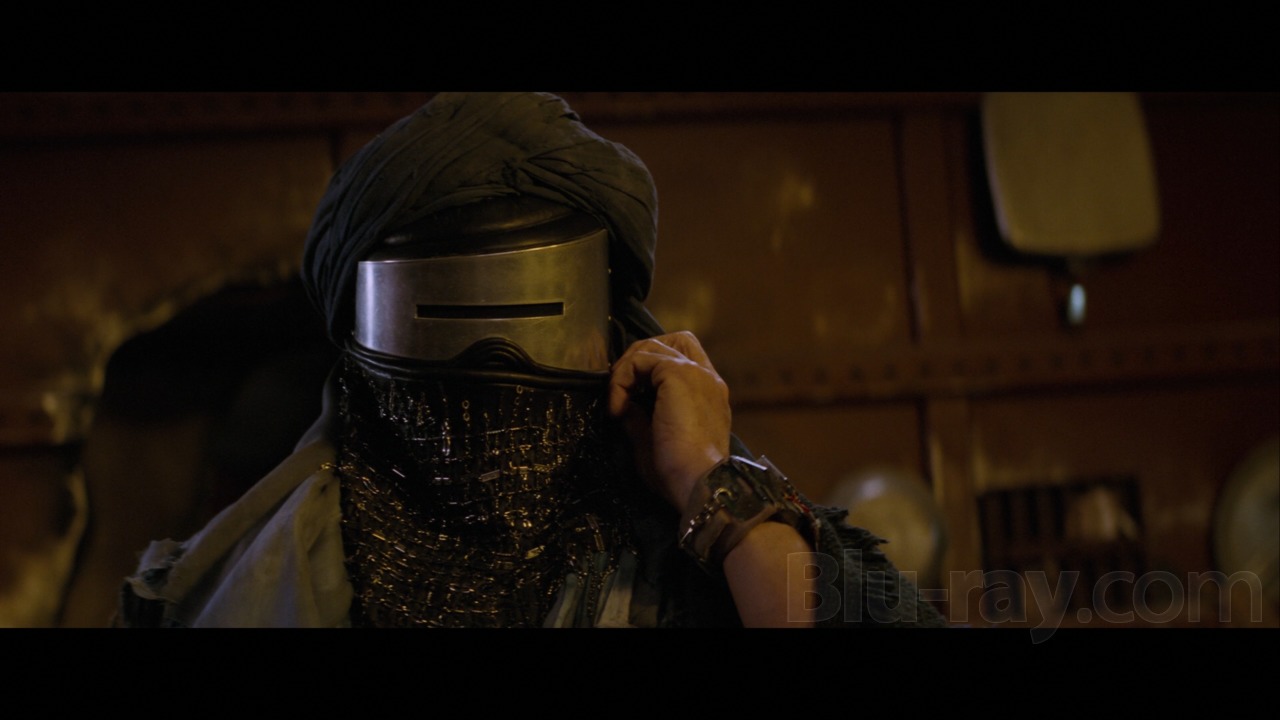
While the whole movie holds up spectacularly, two moments in particular held me rapt. The first was the final showdown between Kirk and Khan, as the Enterprise and the Reliant, both ships battered almost beyond repair, face off in the sensor-dampening Mutara Nebula.
The battle is essentially submarine warfare. Neither ship can see the other, which makes firefights fast and furious, while most of the confrontation is simply Kirk and Khan, thinking, strategizing and waiting.
MORE: 12 Star Trek Episodes to Celebrate the 50th Anniversary
Few modern movies would trust their audiences to follow a suspenseful climax rather than an action-packed one; the new Treks don’t, for example. But the scene is riveting, building and building upon itself until Khan’s final speech, channeling Captain Ahab from Moby-Dick with an intensity that would have seemed comical if Ricardo Montalban had possessed any less confidence about his role.
The second scene that reaffirmed my total faith in the film was … well, this is a pretty big spoiler, so if you haven’t seen it, you might want to scroll back up.
Ready?
When Mr. Spock sacrifices himself to save the Enterprise, I don’t think there was one dry eye in the theater. Most of these fans had seen Wrath of Khan before; many of them had seen it a dozen times or more. But the scene is well-executed and has lasting consequences for the characters.
As Spock straightens his uniform one last time, his decorum unquestionable even in the face of death, my chest tightened; as he slid down the glass wall, trying to hold his hand to Kirk’s through a thick pane of glass, I felt my heart breaking, just as it does each time I watch the scene.
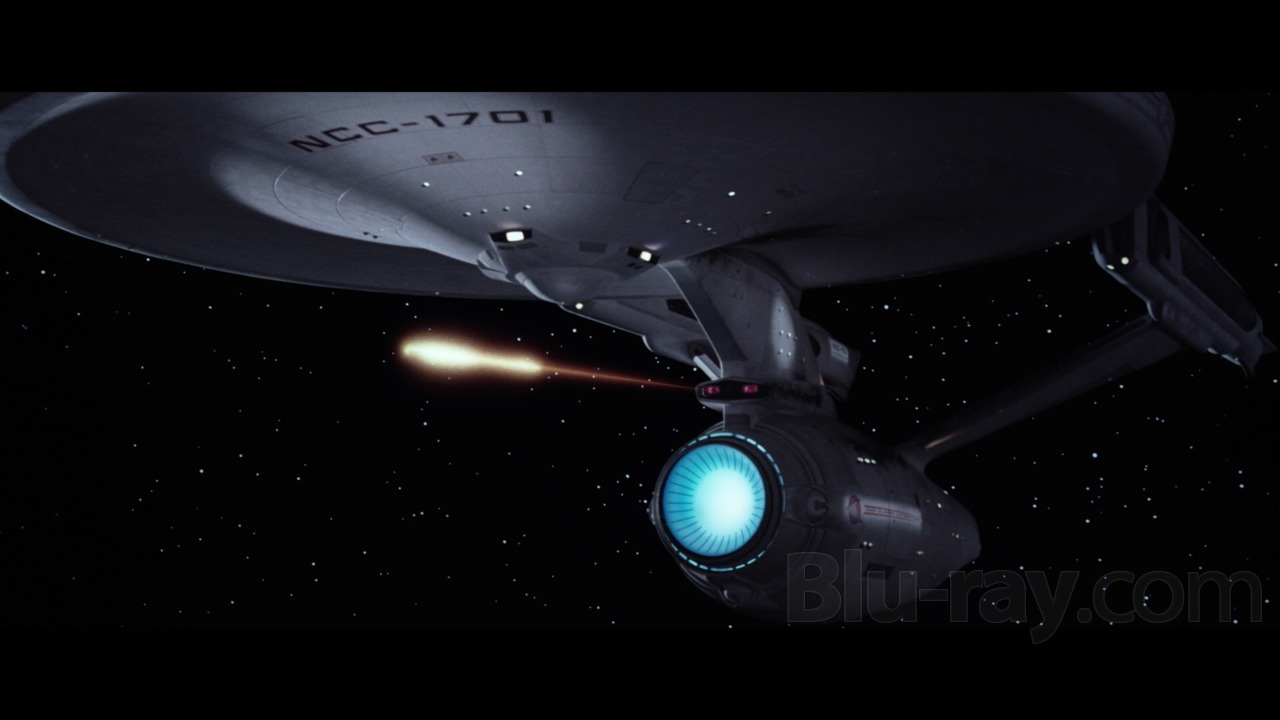
This is the kind of scene, I thought, that 2013’s Star Trek Into Darkness (essentially a remake of Wrath of Khan) did not have the courage to do. When reboot Kirk pulled off the same self-sacrificing maneuver, and reboot Spock vowed to avenge him, it wasn’t a tearjerker; it was a big joke, a reference for the audience to chuckle at and pat themselves on the back for having seen the original. Not to mention that reboot Kirk is restored to health a few scenes later. Spock Prime doesn’t get better (not in this film, anyway), and Kirk’s eulogy for him is one of the most moving moments in the series.
In spite of Spock’s death, The Wrath of Khan does not end on a sour note. Kirk feels rejuvenated and hopeful, ready to set out on another intergalactic adventure. Striking this near-perfect balance between exuberance and pathos, action and drama, storyline and character development is no mean feat, and some fans would argue that Star Trek has never done it better than in this particular film.
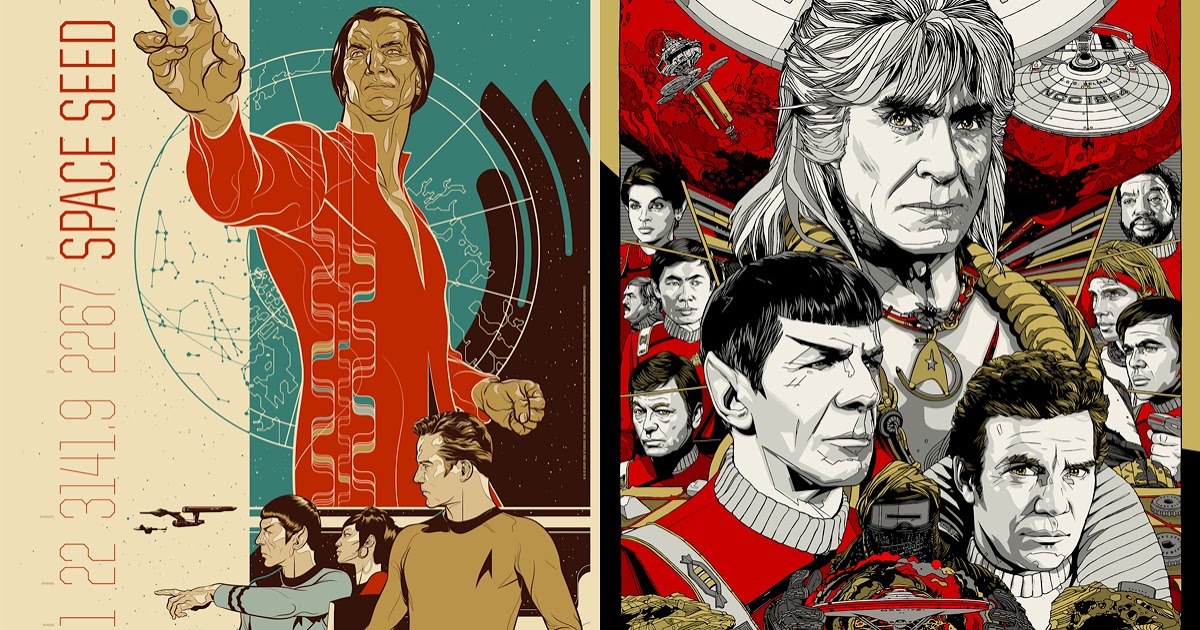
I don’t know when Wrath of Khan in 4K will be available for streaming or UHD Blu-ray viewing at home, although it’s definitely on the way. If you can see it in theaters, film is still the way to go, but the 4K remaster is about as good as it gets on the small screen.
Just make sure you have copies of Star Trek III: The Search for Spock and Star Trek IV: The Voyage Home ready to go. The three films form a narrative trilogy — one, thankfully, that wraps up with a happy ending.

Marshall Honorof was a senior editor for Tom's Guide, overseeing the site's coverage of gaming hardware and software. He comes from a science writing background, having studied paleomammalogy, biological anthropology, and the history of science and technology. After hours, you can find him practicing taekwondo or doing deep dives on classic sci-fi.
